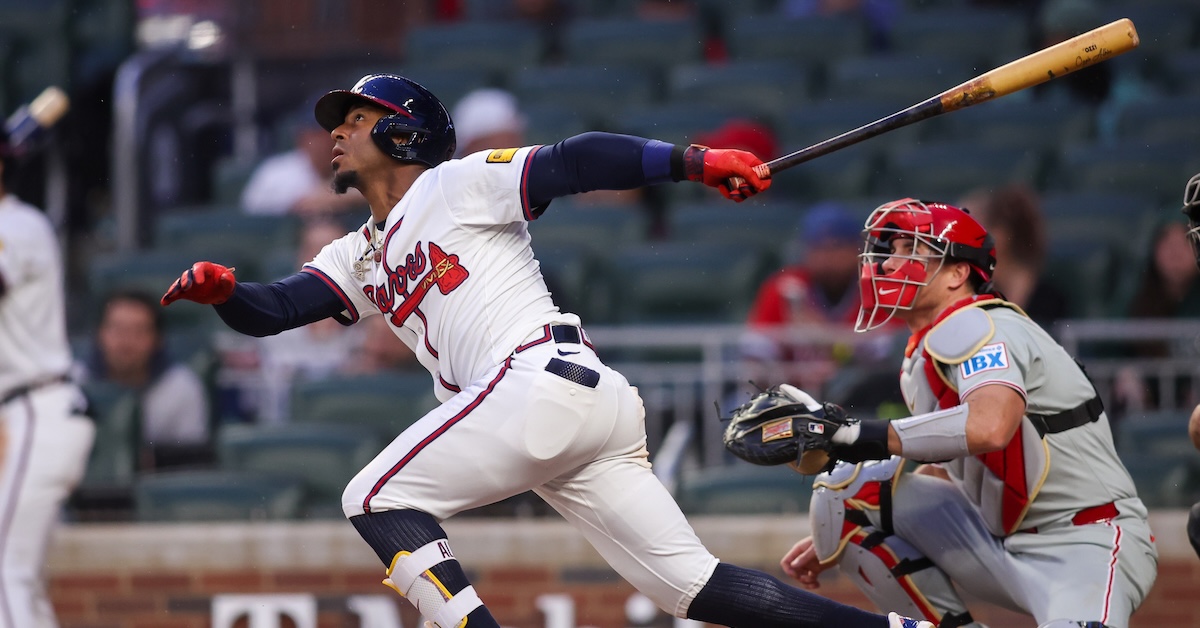Sean Newcomb Addresses His 2015 FanGraphs Scouting Report

Sean Newcomb has thus far fallen short of the high expectations he’d set coming out of college and during his first years of pro ball. Drafted 15th overall by the Los Angeles Angels in 2014 out of the University of Hartford, the 31-year-old left-hander has a record of 28-28 to go with a 4.50 ERA and a 4.38 FIP over 454 1/3 career big league innings. He’s currently trying to revive his career. Now with his fifth organization after signing with the Boston Red Sox as a minor league free agent over the winter, Newcomb made the team out of spring training — injuries to multiple Red Sox hurlers played a role in his doing so — and he’s since taken the hill six times. Over five starts and one relief appearance, the Massachusetts native has a 4.24 ERA, a 2.61 FIP, and a 27.5% strikeout rate in 23 1/3 frames. All three of his decisions have been losses.
His second major league season suggested stardom was in his future. Traded from the Angels to the Atlanta Braves as part of the Andrelton Simmons deal in November 2015, Newcomb went on to make 30 starts in 2018 and log a 3.90 ERA over 164 innings. In June of that year he was featured here at FanGraphs, with yours truly writing that the hard-throwing southpaw was “rapidly establishing himself as one of the best pitchers in the National League.” A month later, he came within one strike of notching a no-hitter. Then things started going in the wrong direction. Newcomb not only landed in the Braves bullpen in 2019, he had a stint in Triple-A. From 2020-2024, he tossed just 98 2/3 big league innings while toiling for three different teams. His ERA over that span was 6.66 ERA.
Turn the clock back to March 2015, and Newcomb was ranked no. 2 on our Angels Top Prospects list, behind only Andrew Heaney. What did Newcomb’s FanGraphs scouting report look like at the time? Moreover, what does he think about it all these years later? Wanting to find out, I shared some of what our then prospect analyst Kiley McDaniel wrote, and asked Newcomb to respond to it.
———
“Newcomb was the Hunter Dozier of the 2014 draft, a player that clubs liked higher than the media consensus had them, partly because teams weren’t sure if they were the only team that had him so high, so they kept it pretty quiet.”
“I think a big part of it was my coming out of the Northeast,” Newcomb replied. “That made me a little more of an unknown, but I did kind of have an idea that I was going to be a first-rounder. I talked to all 30 clubs. I actually thought there was a chance that I was going with the fifth pick to Minnesota.”
“Sources have indicated that the Mariners probably would’ve taken Newcomb with the sixth pick if Alex Jackson wasn’t there.” Read the rest of this entry »










